What is an angle of greater than 0 and lesser than 90°
Acute Angle
What are Vertical Angles?
Angles across from each other or opposite AND congruent(the same).
Define complementary angles.
Two angles that add up to 90o.
Define Supplementary Angles.
Two angles that add up to 180.
Define congruent.
Equal, or the same.
What is an angle of greater than 90° and less than 180°
Obtuse Angle
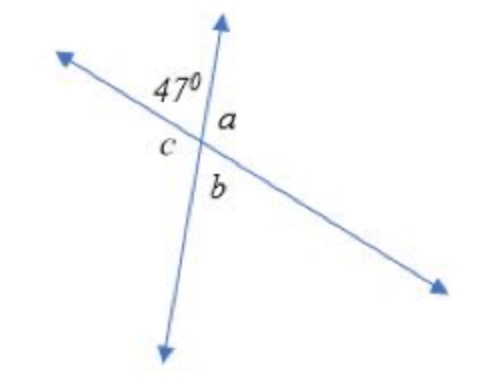
47o
Give an example of two complementary angles.
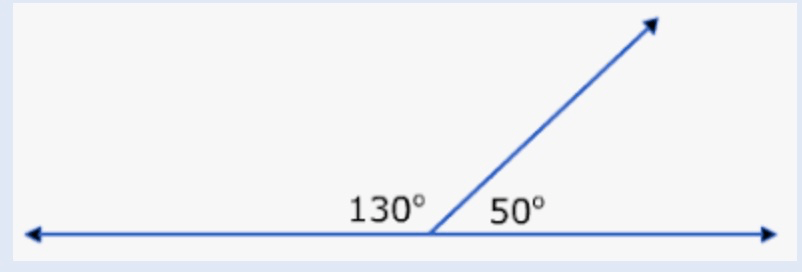
True.
Define angle.
Two lines or rays with the same endpoint.
How would you describe a 45o angle?
Acute
Angles a and c are vertical angles. (T or F)
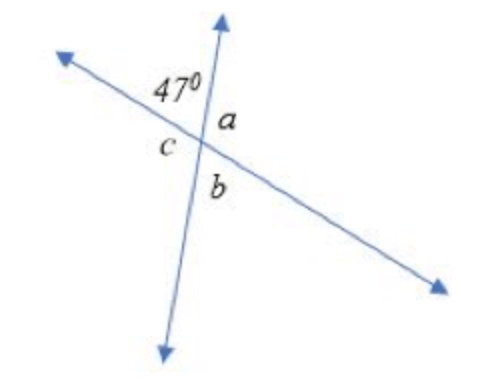
True.
True or false (If false explain) This is an example of complementary angles.
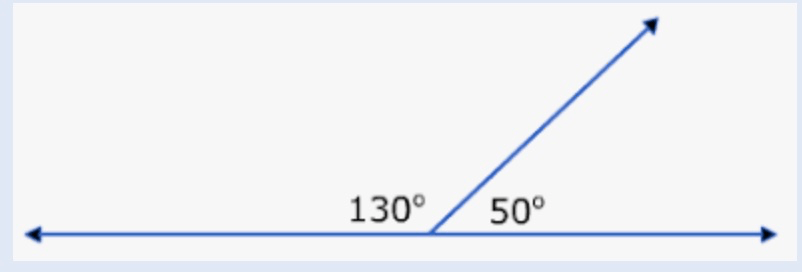
False. These are supplementary or add up to 180, not 90.
False. Complementary angles add up to 90, not 180.
Give an example of Supplementary Angles.
Any two angles that add up to 180.
Which two lines are parallel?
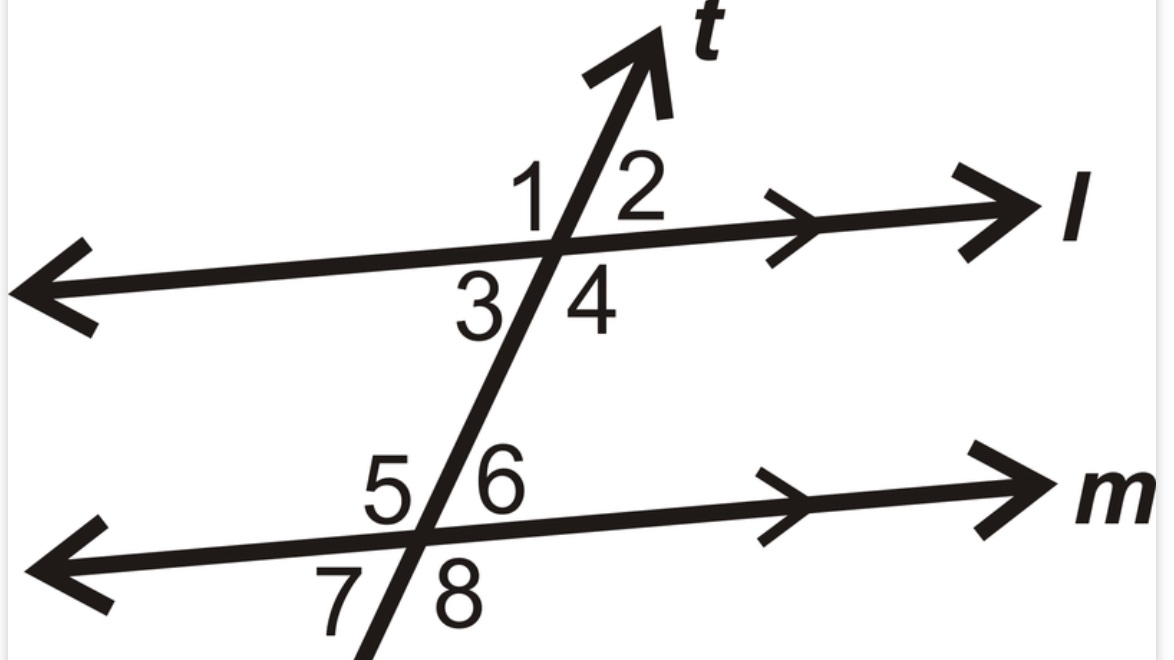
Lines l and m.
These are examples of Obtuse Angles. (T or F)
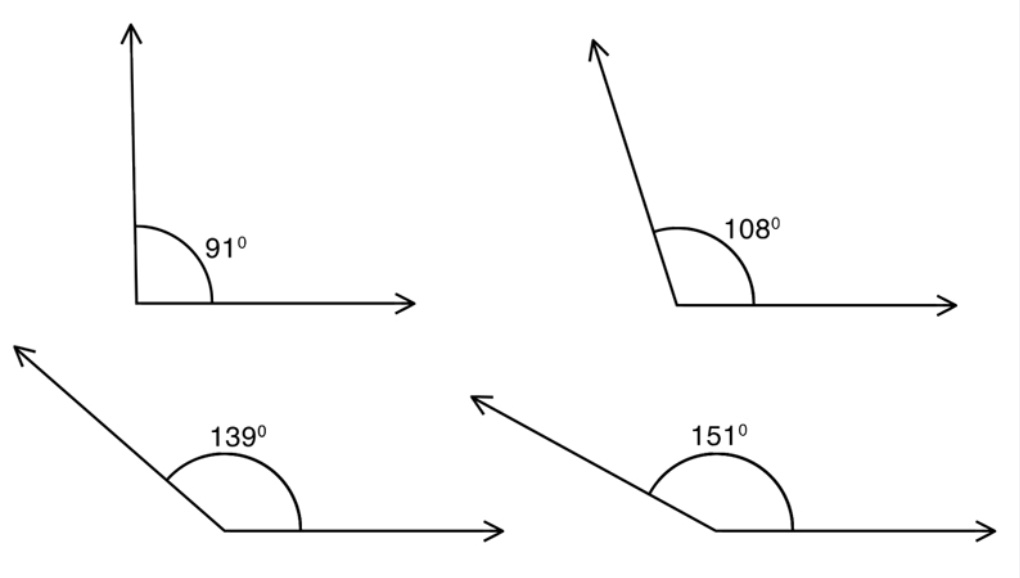
True
What is the measurement of angle x?
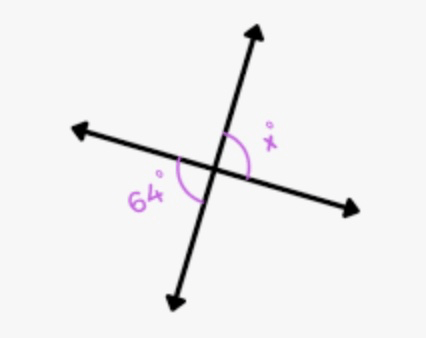
64
Find the missing angle.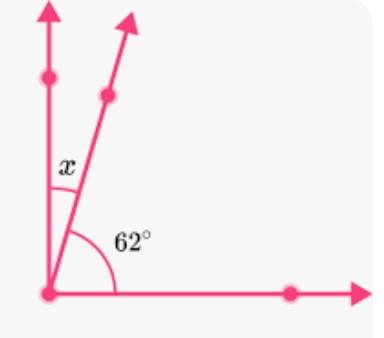
28.
If angle 1 is 75o then what is angle 2?
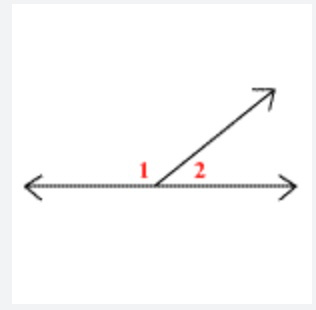
105.
Give an example of vertical angles.
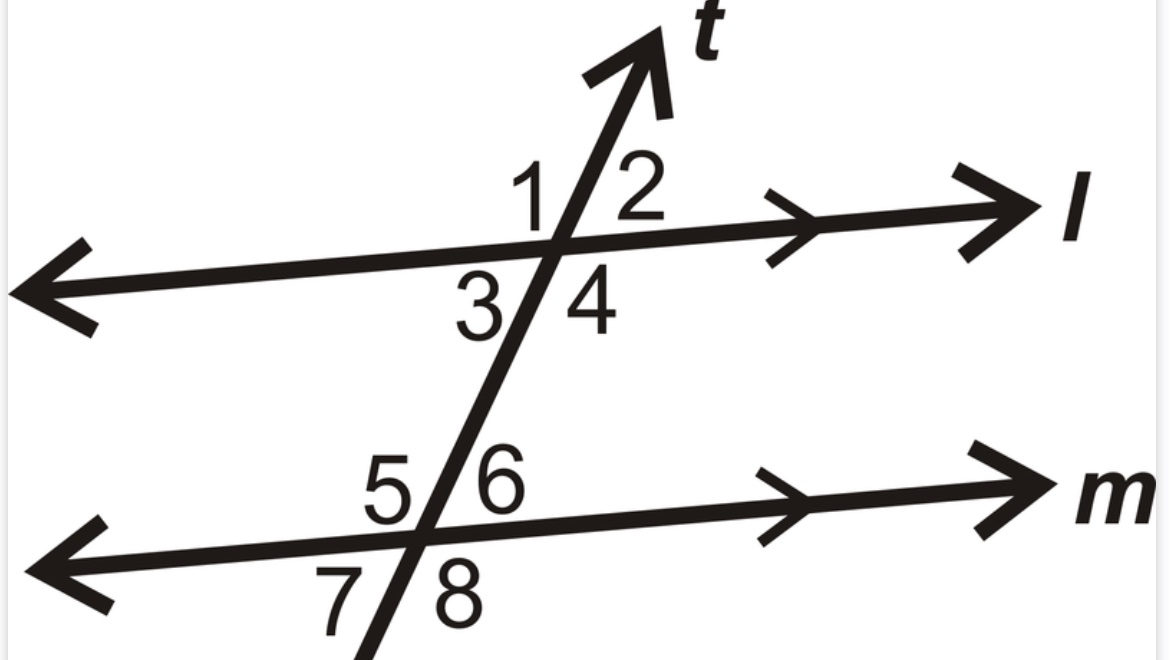
Varies.
Agree or Disagree. Explain. The first image is a Right Angle.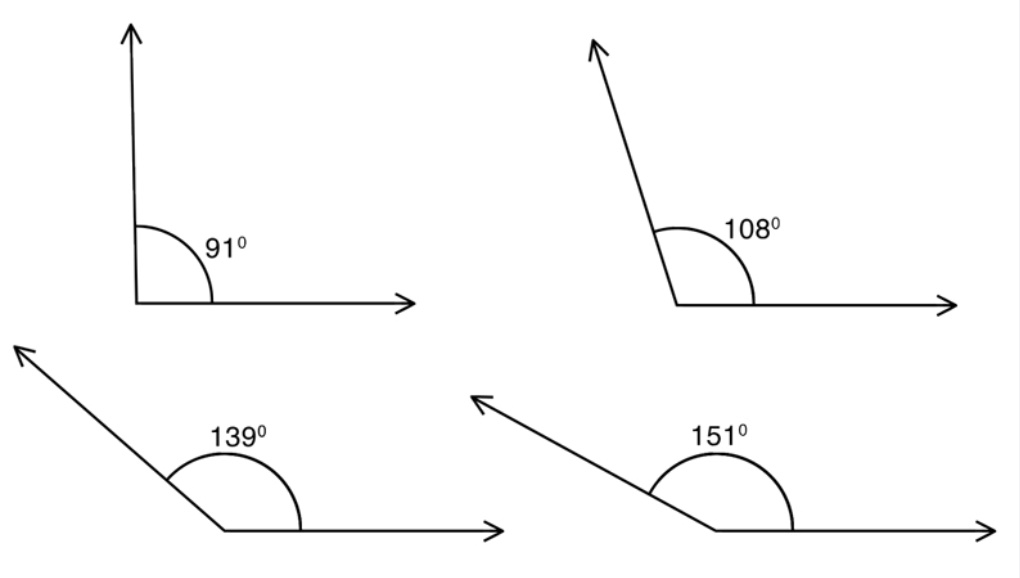
Disagree. Right Angles are 90o.
If Angle b is 47. What is Angle a & c?
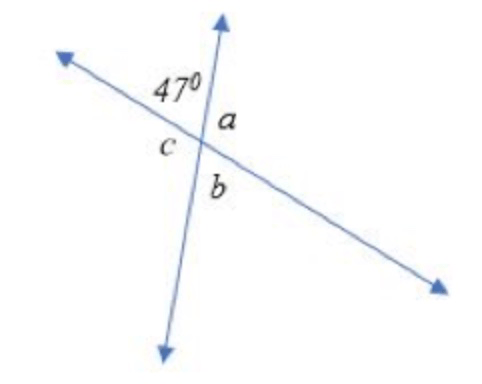
33 each!
Agree or Disagree. Explain. This is not an example of complementary angles.
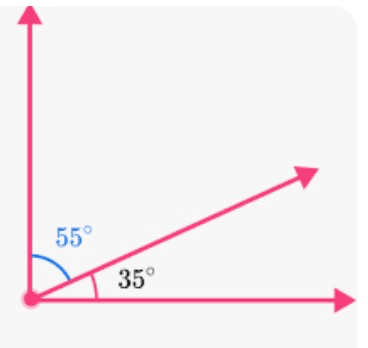
Disagree. Both angles add up to 90 so this IS an example of complementary angles.
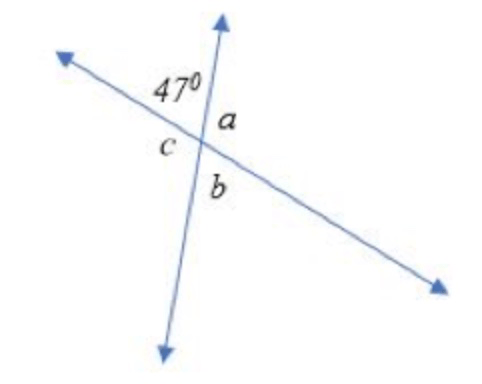
133
T or F (explain). There aren't any perpendicular lines because none of the intersecting lines for a right angle.
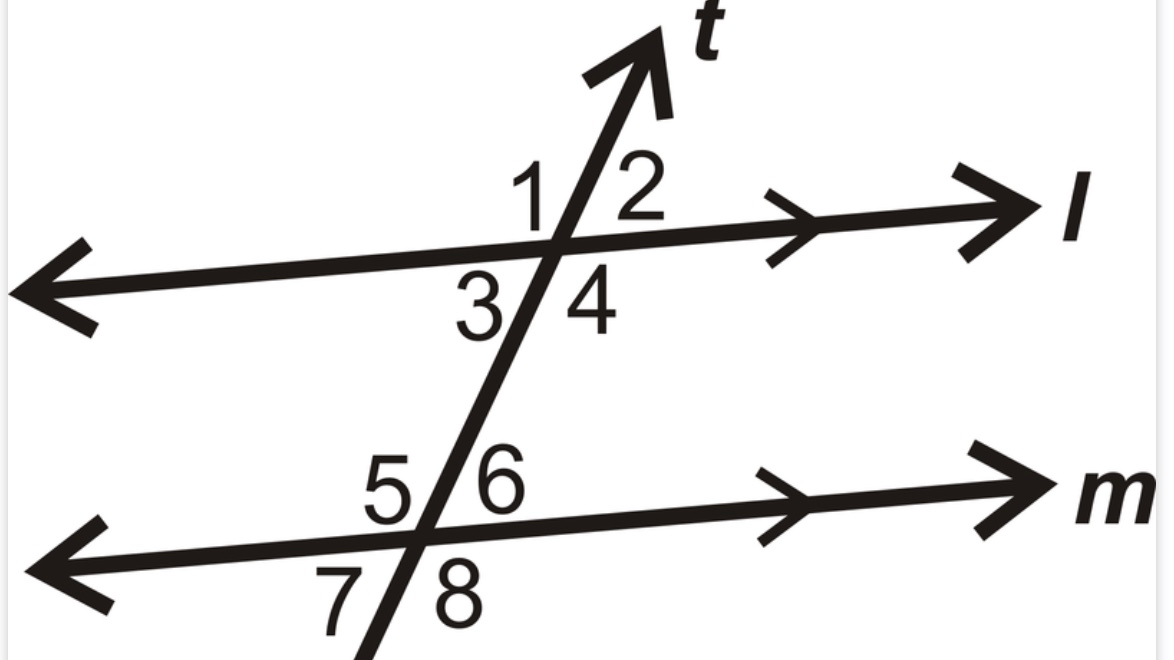
True. Perpendicular lines must form a right angle.